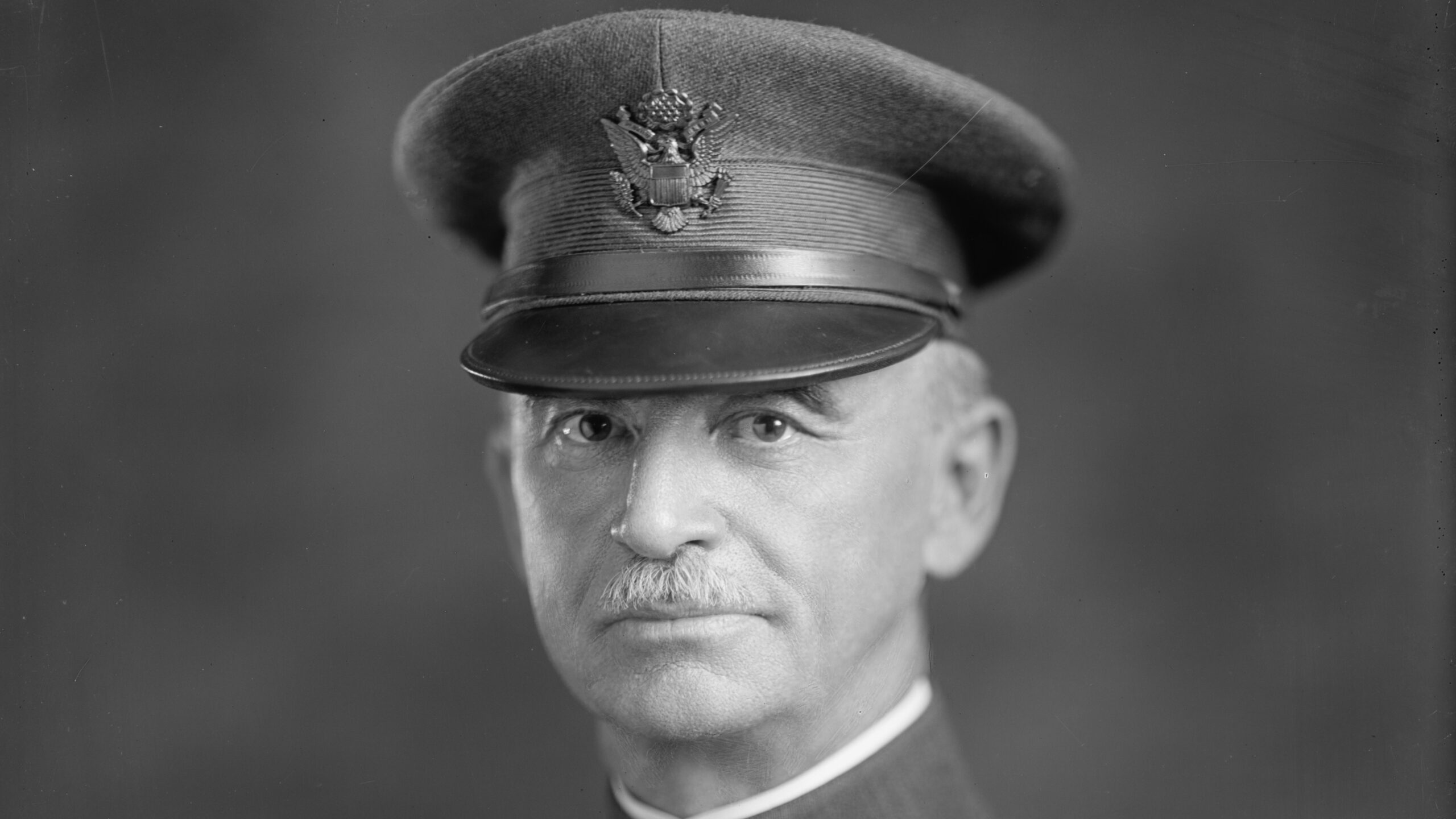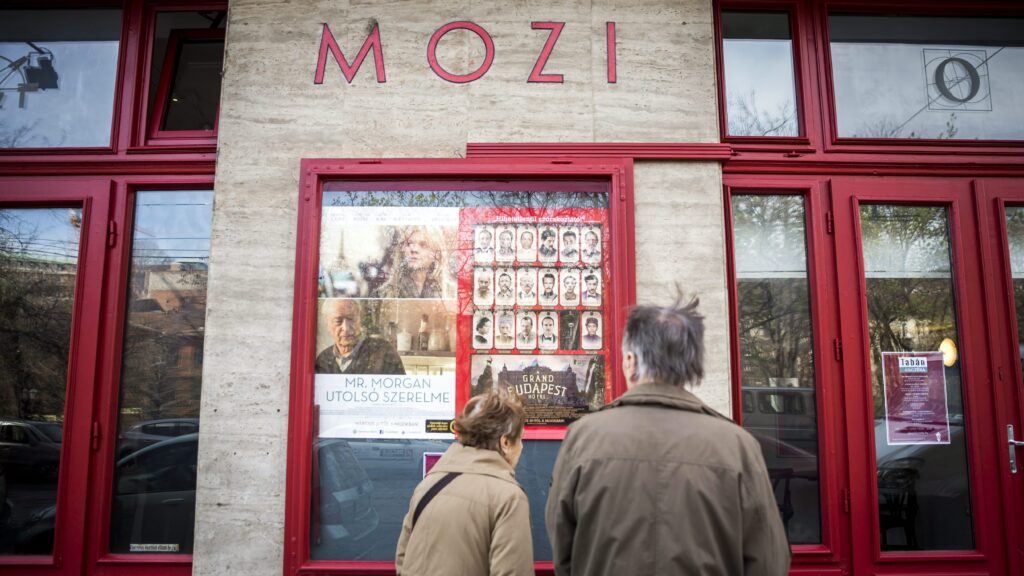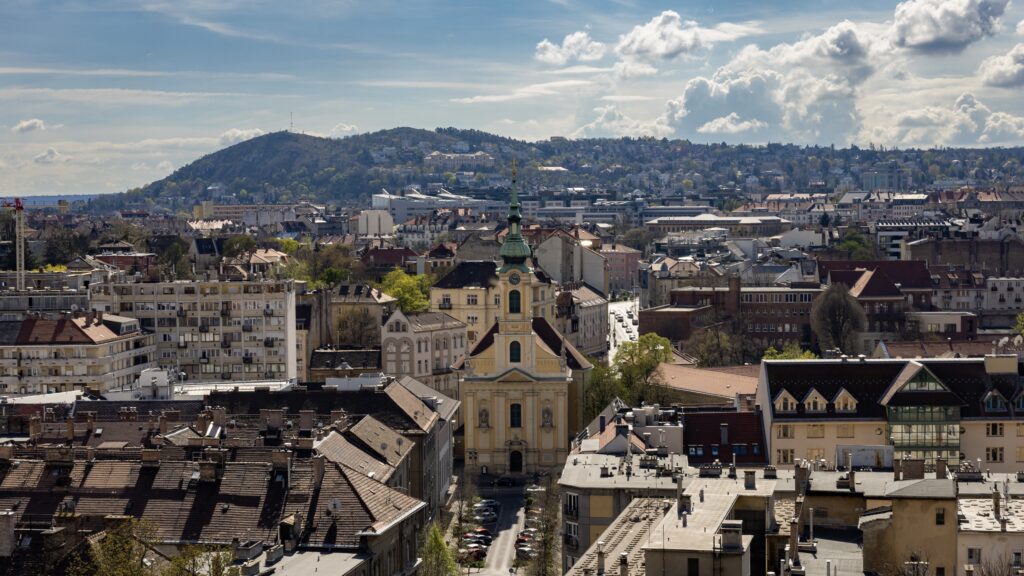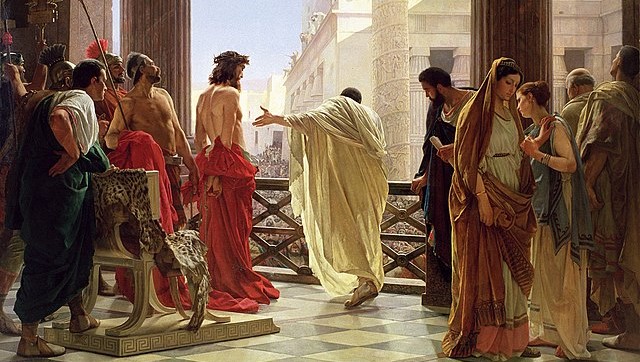Liberty Square is a peculiar public place in Budapest. Walking distance away from the Hungarian Parliament, the Square is home to the US Embassy, the Memorial for Victims of the German Occupation as well as the last remaining Monument to the Soviet Red Army. In 2011 a statue to Ronald Reagan and in 2020 a statue to George H W Bush was also unveiled on the Square. Albeit a much smaller monument than the one dedicated to the Soviet Red Army, and a much more hidden one than Ronald Reagan’s statue that friendlily reaches out to passersby and tourists, Liberty Square is also home to a little known but extraordinary bronze figure of American history: Harry Hill Bandholtz (1864–1925).
Born in Constantine, Michigan two-star general Harry Hill Bandholtz served in the US army from the age of 26. Bandholtz attended the United States Military Academy at West Point, where he graduated in 1890. Bandholtz served the United States in a dozen different assignments and distinguished himself in multiple wars. He earned a Silver Star for his participation in the Santiago campaign in Cuba during the Spanish–American war. Subsequent to that, in 1900 he was transferred to the Philippines, where he served the next 13 years of his life. While the campaign was controversial in the US too, and locals viewed the American presence in the Philippines as occupation, Bandholtz nevertheless managed to earn Filipinos’ trust. In 1902 he was elected governor of Tayabas Province, thus becoming the only regular army officer elected by the people of the Philippines to such a high position. As army officer, he arranged the surrender of insurgent general Simeon Ola and managed to arrest a multitude of bandit leaders, thereby contributing to establishing peace in the Philippines.
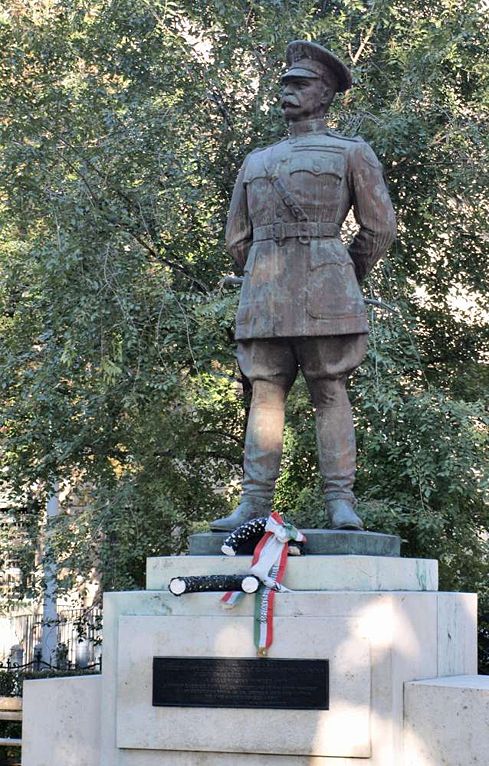
Once World War I started, he was deployed to the Western front, where Bandholtz was promoted to brigadier general, commanding the 58th Infantry Brigade of the 29th Division. Brigadier general Bandholtz arrived at Hungary as one of four Allied generals (one English, French, Italian and American), serving as the US representative of the Inter-Allied Military Mission in Hungary shortly after the end of World War I, in 1919. His primary responsibility was to oversee the disengagement of Romanian troops from Hungary. For a brief period of time during the Hungarian–Romanian War (from November 1918 to November 1919) Romanian troops managed to occupy the capital city of Budapest. Under the pretext that they wish to return Transylvanian treasures to Romania, the occupying soldiers prepared to rob the Hungarian National Museum. On the evening of 4 October 1919 dozens of trucks stood outside the National Museum, ready to carry the treasures away. Harry Hill Bandholtz, however, stood against the armed raiders and prevented the loot of the museum. Legend holds that Bandholtz had only his riding crop with him as he stood daringly, opposing the raiding soldiers.
Bandholtz made sure to seal the doors of the Museum as well as to take the Museum’s vault keys, so that no one unauthorized could have access to the Museum’s valuable collection. Weeks later, on the afternoon the Romanian troops withdrew from the capital city, the general returned the keys to the Museum. As Harry Hill Bandholtz himself later recounted: ‘Yesterday afternoon I went over to the Hungarian National Museum and returned to them the key which I had taken possession of on 4 October, and I removed the seals from the doors. They gave me a receipt for the key and asked permission to retain, as a historic document, the seal from one of the three doors upon which they were placed. I gave them one, retained one for myself and gave the other to Colonel Loree.’ Else than one of the seals, the Museum also asked for the general’s riding crop that is believed to have played such a crucial role in the adventurous night’s events. Bandholtz generously gave it to the Museum, which still preserves the object to this day.
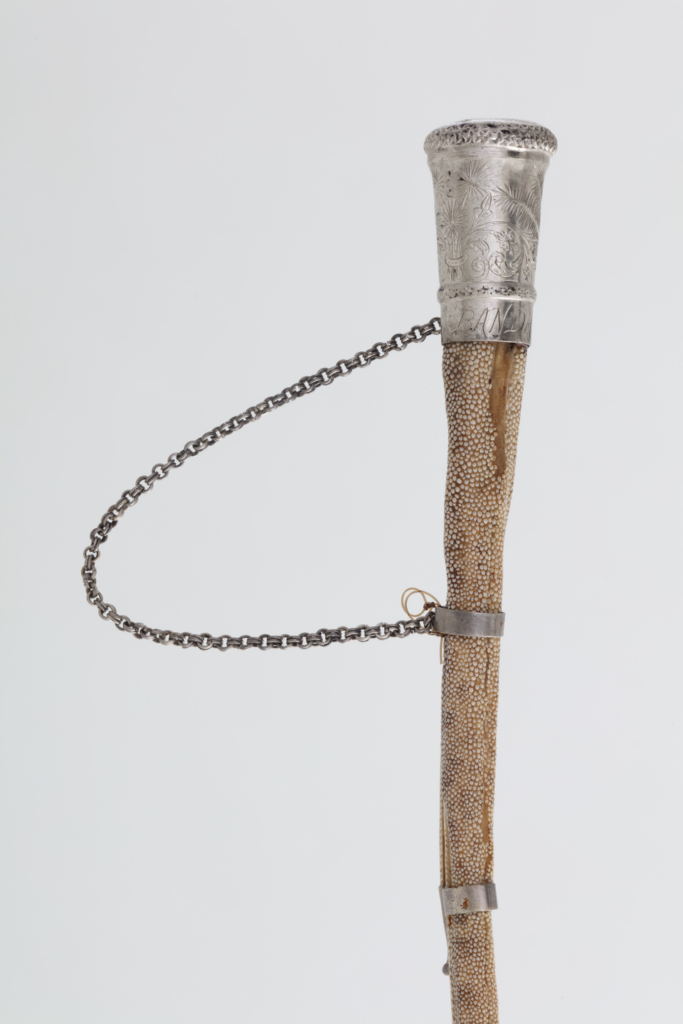
Honouring his heroism to defend the treasures of the Museum in 1936, a monument was erected to the brave general. The statue depicts him with his iconic riding crop in his hands, holding it behind his back. The inscription on his statue states: ‘I simply carried out the instructions of my Government, as I understood them, as an officer and a gentleman of the United States Army.’ Despite the fact that the United States and Hungary fought on different sides in World War II, Bandholtz’s statue stood undisturbed in Budapest throughout the war. The general’s statue was only removed during the Communist Rákosi-period under the pretext that it needs ‘restoration’. Fortunately, the general’s representation was not destroyed and was later gifted to the American Embassy. For a while Bandholtz’s monument stood in the garden of the US Ambassador’s residence, then in 1989, just a couple of days before the visit of President Bush to Hungary on July 11, it was moved back to its original location on Liberty Square, where it can be seen to this day.
On 17 October 2019, the 100th anniversary of the fateful event, a memorial plaque was inaugurated in the garden of the National Museum to pay tribute to the brave general, with then US Ambassador to Hungary David B. Cornstein delivering remarks alongside museum director Benedek Varga.
Read more pieces on Hungarian history from the same author:

